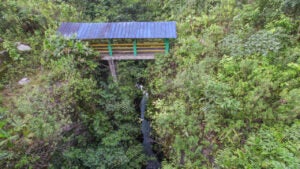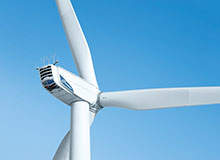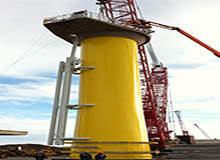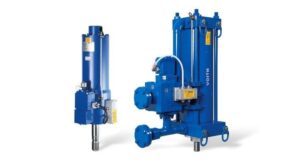Black Start – The Driver is Reliability
The United States would face severe economic consequences if there was a serious disruption to the electricity supply. The cost could easily run into billions of dollars. While the likelihood of such an outage is low, the concerns regarding the possibility and impact of electricity blackouts is increasing. The leading concerns? Weather, aging infrastructure and cyber-attacks.
Regardless of the cause, there are no yardsticks available to compare the cost of infrastructure investment to the cost of power outages. Just know, that it is all expensive. Add the potential for physical harm and injury to people effected by the blackout and there is no calculation that applies.
What is a ‘Black Start’?
A ‘black start’ is the process of restoring an electric power station or a part of an electric grid to operation without relying on the external electric power transmission network. Needless to say, it’s a very complicated process. The controls and instrumentation used during a black start must operate dependably and with the utmost precision and speed.
A black start unit is one that can start its own power without support from the grid in the event of a major system collapse or a system-wide blackout. In the US, every region within the North American Electric Reliability Corp. (NERC) has its own black start plan and procedures. Each region also designates certain plants as black start units.
TTS answers the call
One of these plants recently contracted Turbine Technology Services (TTS) to work with them and other contractors to upgrade the plant’s controls and systems to meet the current technology and reliability standards. Black start operations are conducted in compliance with NERC Critical Infrastructure Protection (CIP) standards. Black start resources are linked to the CIP EOP-005-2 standard, and any cyber asset that is essential to the operation of a black start resource is a ‘Critical Cyber Asset’ by definition, according to NERC.
The scope of the project
TTS is very proud to be awarded this prestigious project based on TTS’ wide collection of skills and experience. The project’s gas turbine reliability improvement scope description included a detailed engineering design package for all materials to be provided for this project.
Those materials include:
- Complete Control Building (PEECC) for two (2) units including installation of EPWS equipment and FAT testing
- Electrical equipment
- Air-start compressor skid
- Fuel oil forwarding skid
- Transmitter panels
- Cable tray
- Conduit and cable
- Installation engineering
- Test packages
- Connection drawings
In addition, the scope entails the following site installation and commissioning activities:
- Demolition of complete control room equipment
- Equipment installation
- Complete project installation and commissioning
- PEECC
- Fuel skid
- Compressors
- Fuel valves
- Cable tray
- Conduit and cable
TTS is excited to announce that the project is well under way. We’ll keep you up to date on what’s happening both here and on LinkedIn, so be sure to follow us online. You’ll be the first to hear all the latest details from TTS.





